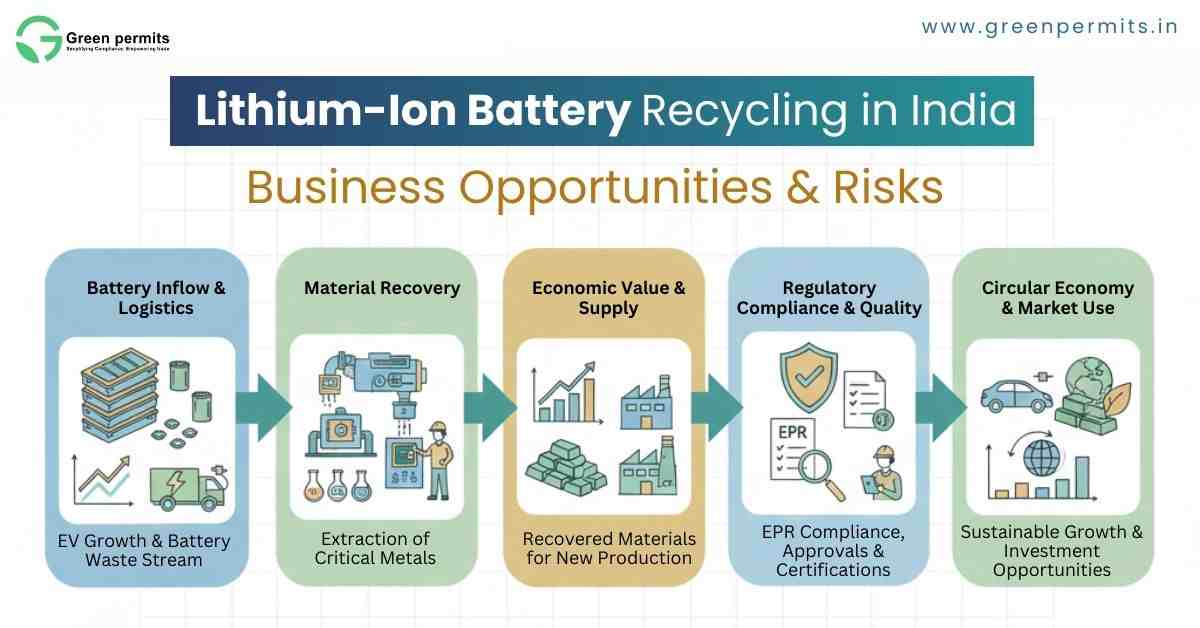Why Duty Confusion Still Costs Indian Importers
For many Indian importers, customs duties feel like a background cost—until a shipment is held and the real impact shows up in storage charges, delayed deliveries, and buyer pressure.
Anti-dumping duty and safeguard duty are especially confusing because they don’t apply uniformly. Rates can change, exemptions may be limited, and enforcement often depends on how accurately goods are declared. Many businesses only realize their exposure when customs raises a query at the port.
Anti-Dumping and Safeguard Duty Are More Than Compliance Issues
Anti-dumping duty is applied when imports are priced in a way that harms domestic manufacturers, while safeguard duty is imposed to control sudden surges in imports. Both can significantly alter the final landed cost of goods.
What makes these duties challenging is that they can be triggered even when importers believe they are compliant. Incorrect HS classification, assumptions based on past shipments, or lack of advance checks often lead to unexpected financial strain.
How Early CHA Involvement Changes the Outcome
Importers who involve a Customs House Agent early in the shipping cycle tend to face fewer surprises. Advance duty checks, proper classification, and origin verification help avoid clearance delays and penalties.
In today’s regulatory environment, duty awareness is not optional—it’s a part of responsible logistics planning.
Related Article -
Looking to ship with clarity and confidence?
Connect with Cargo People Logistics, a trusted freight forwarder and CHA supporting Indian importers with customs, duty planning, and international shipping.
Learn more at CargoPeople.com or speak to a CHA before your next shipment.
Website - Cargopeople.com
Mail id - wecare@cargopeople.com
For many Indian importers, customs duties feel like a background cost—until a shipment is held and the real impact shows up in storage charges, delayed deliveries, and buyer pressure.
Anti-dumping duty and safeguard duty are especially confusing because they don’t apply uniformly. Rates can change, exemptions may be limited, and enforcement often depends on how accurately goods are declared. Many businesses only realize their exposure when customs raises a query at the port.
Anti-Dumping and Safeguard Duty Are More Than Compliance Issues
Anti-dumping duty is applied when imports are priced in a way that harms domestic manufacturers, while safeguard duty is imposed to control sudden surges in imports. Both can significantly alter the final landed cost of goods.
What makes these duties challenging is that they can be triggered even when importers believe they are compliant. Incorrect HS classification, assumptions based on past shipments, or lack of advance checks often lead to unexpected financial strain.
How Early CHA Involvement Changes the Outcome
Importers who involve a Customs House Agent early in the shipping cycle tend to face fewer surprises. Advance duty checks, proper classification, and origin verification help avoid clearance delays and penalties.
In today’s regulatory environment, duty awareness is not optional—it’s a part of responsible logistics planning.
Related Article -
Looking to ship with clarity and confidence?
Connect with Cargo People Logistics, a trusted freight forwarder and CHA supporting Indian importers with customs, duty planning, and international shipping.
Learn more at CargoPeople.com or speak to a CHA before your next shipment.
Website - Cargopeople.com
Mail id - wecare@cargopeople.com
Why Duty Confusion Still Costs Indian Importers
For many Indian importers, customs duties feel like a background cost—until a shipment is held and the real impact shows up in storage charges, delayed deliveries, and buyer pressure.
Anti-dumping duty and safeguard duty are especially confusing because they don’t apply uniformly. Rates can change, exemptions may be limited, and enforcement often depends on how accurately goods are declared. Many businesses only realize their exposure when customs raises a query at the port.
Anti-Dumping and Safeguard Duty Are More Than Compliance Issues
Anti-dumping duty is applied when imports are priced in a way that harms domestic manufacturers, while safeguard duty is imposed to control sudden surges in imports. Both can significantly alter the final landed cost of goods.
What makes these duties challenging is that they can be triggered even when importers believe they are compliant. Incorrect HS classification, assumptions based on past shipments, or lack of advance checks often lead to unexpected financial strain.
How Early CHA Involvement Changes the Outcome
Importers who involve a Customs House Agent early in the shipping cycle tend to face fewer surprises. Advance duty checks, proper classification, and origin verification help avoid clearance delays and penalties.
In today’s regulatory environment, duty awareness is not optional—it’s a part of responsible logistics planning.
Related Article -
Looking to ship with clarity and confidence?
Connect with Cargo People Logistics, a trusted freight forwarder and CHA supporting Indian importers with customs, duty planning, and international shipping.
Learn more at CargoPeople.com or speak to a CHA before your next shipment.
Website - Cargopeople.com
Mail id - wecare@cargopeople.com
0 Commenti
0 condivisioni
137 Views
0 Anteprima











